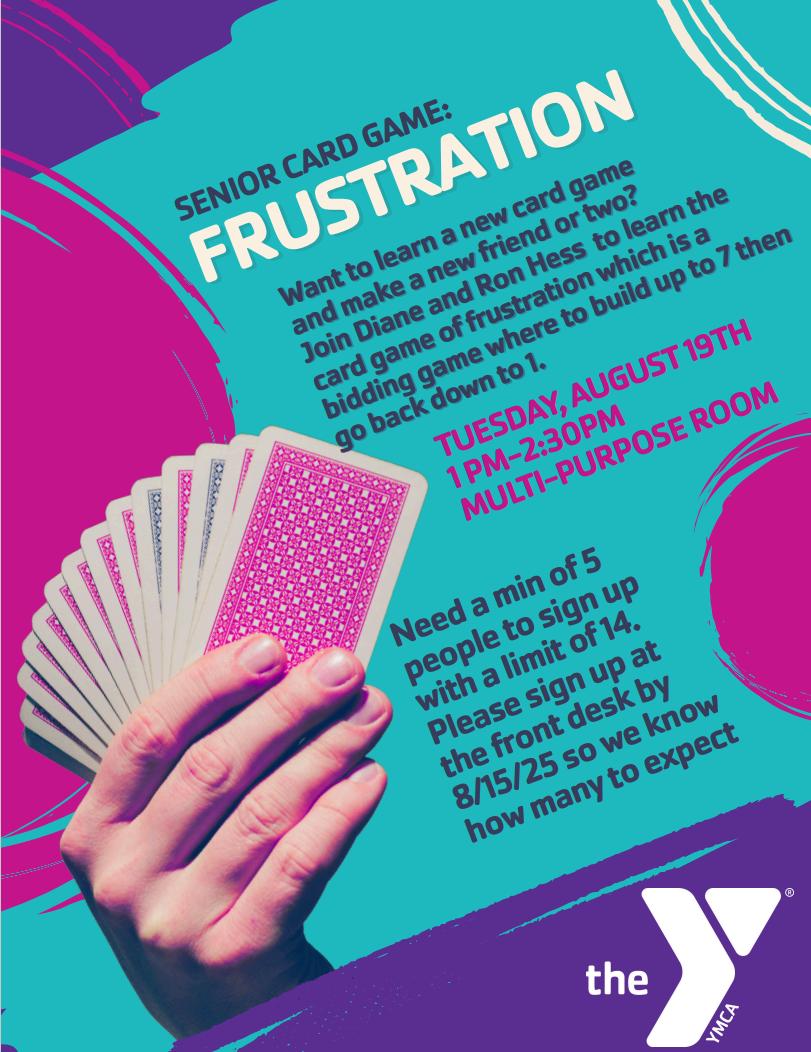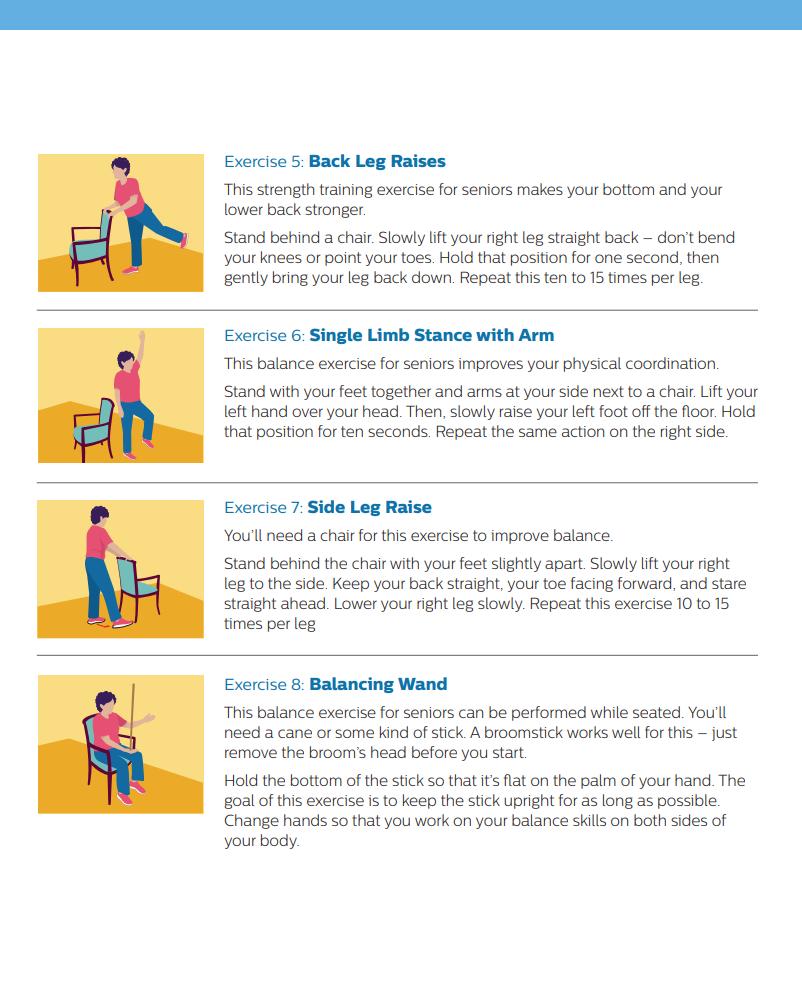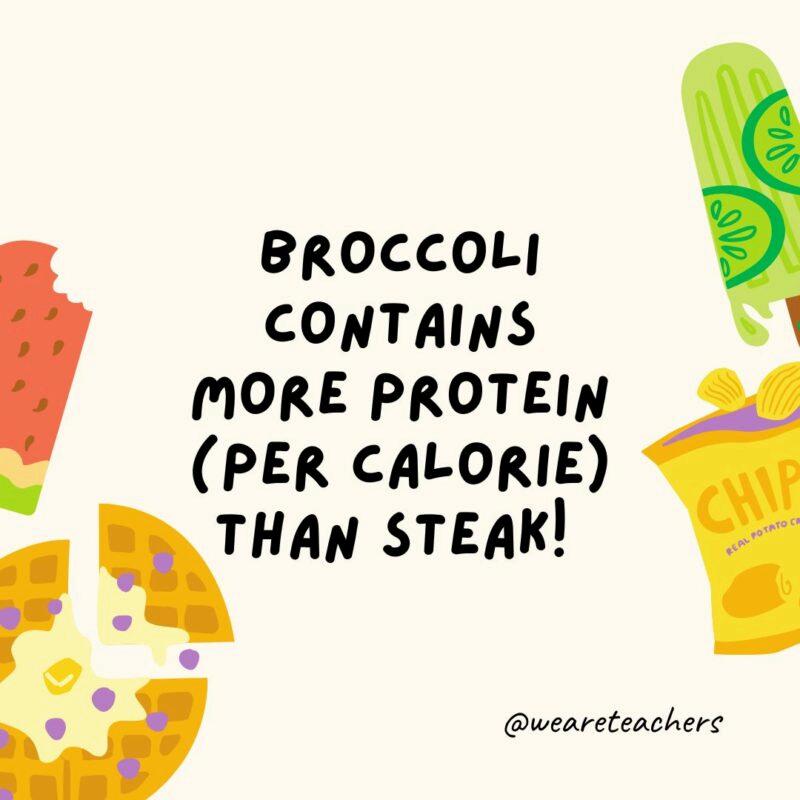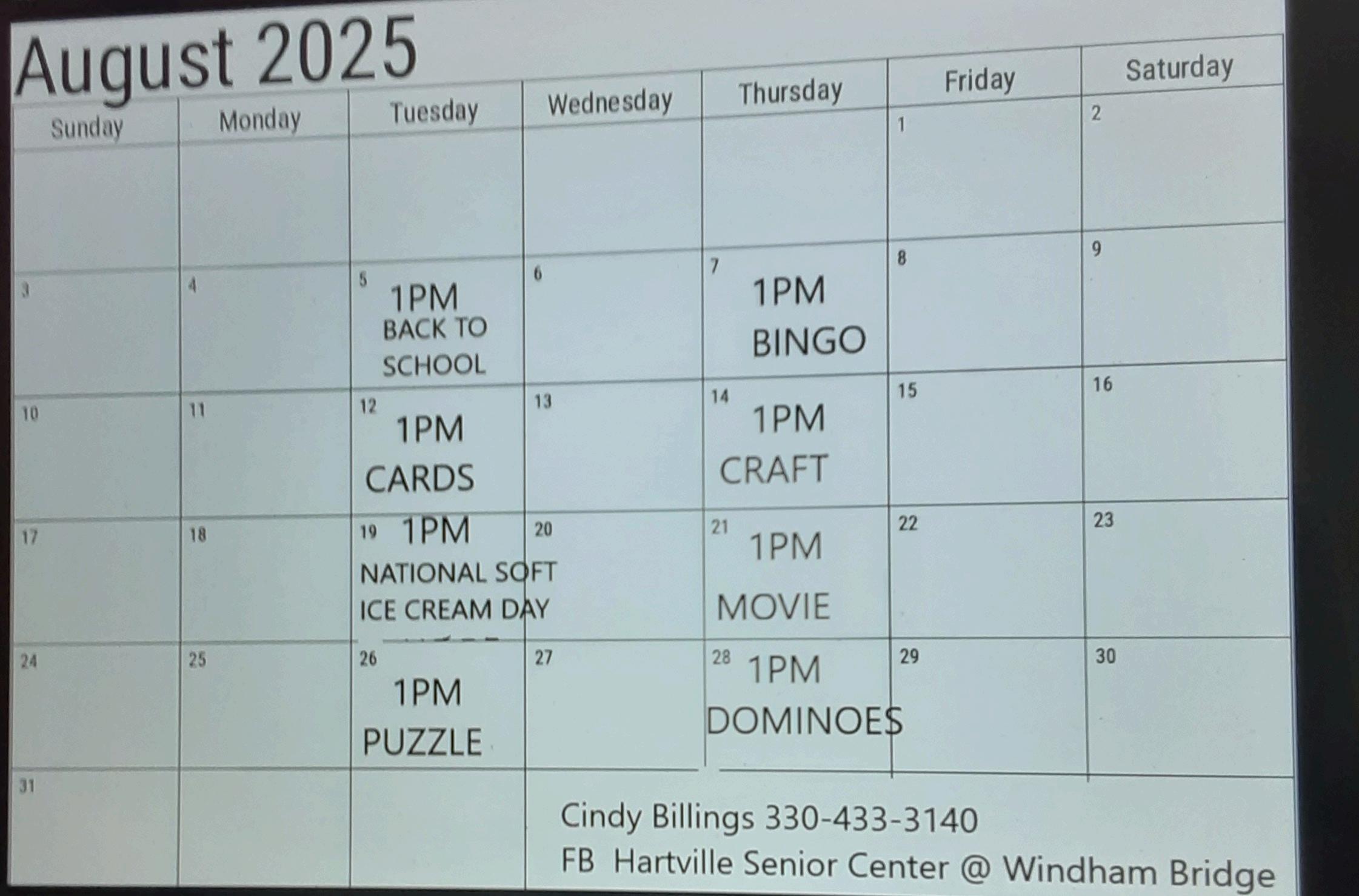for Active Older Adults










By Nancy Fitzgerald | July 9, 2025
What you need to know before you decide to skip a few meals in the name of weight loss.

Lose weight by not eating. Seems pretty obvious, but intermittent fasting is having a moment for a reason: Research suggests it offers major health benefits. But does it lead to more weight loss?
The concept is simple: You deliberately cycle between periods of eating normally and skipping meals, says Kristen Mancinelli, M.S., R.D.N., a New York City–based nutritionist and author of Jump Start Ketosis: Intermittent Fasting for Burning Fat and Losing Weight. For lots of people, that means skipping breakfast and eating only between the hours of, say noon and 8:00 in the evening.
“There’s nothing magical about eating three meals a day,” Mancinelli says. “For many of us, it’s perfectly okay to go without eating for several hours.”
And there are some good reasons to try intermittent fasting. According to a study in the Annual Review of Nutrition, it’s been linked to decreases in insulin levels, LDL (“bad”) cholesterol and triglycerides, and overall body inflammation. And a National Library of Medicine report found a link between fasting and reduced breast cancer risk.
“That’s important, because it helps prevent sarcopenia, an age-related loss of lean muscle mass, ” says Stephen Anton, Ph.D., the study’s lead investigator and chief of clinical research at the institute.
Intermittent Fasting and Weight Loss: What Science Says
There’s one thing intermittent fasting probably won’t do: It won’t help you lose weight. 2022 research from the University of Aberdeen in Scotland found that it’s the reduction in calories, not the change in eating times, that plays a part in actually losing weight. In the study, those who ate fewer calories lost about the same amount of weight, an average of about 7 pounds over 4 weeks. That was true whether their meals took place during a smaller window of time – or whether they’d eaten all day long.
Weight loss, these researchers found, is all about cutting calories. When you consume less, you can reduce inflammation, boost your immune system, and live longer and healthier. For most people, meal timing is less important. Some folks, though, swear by intermittent fasting. One big benefit: Front-loading your calories early in the day and avoiding food in the evening does reduce hunger and give you a feeling of fullness.
But there’s a catch: It isn’t right for everyone. Older adults and people with ongoing medical conditions, in particular, need to proceed with caution – and with the green light from their doctor.
Before you decide to try out the latest eating trend for yourself, feast on these facts.
By Nancy Fitzgerald | July 9, 2025

Fact #1: Intermittent Fasting Isn’t as Simple as “Don’t Eat for a While”
There are no hard-and-fast rules to intermittent fasting. The basic idea is to stop eating long enough to allow your body to start burning fat cells.
When you haven’t eaten in more than 12 hours, your body runs out of glucose, its primary fuel source, and starts burning through fat cells for energy. Burn enough fat cells and, voilà, you shed pounds.
Sounds nice. But closing your kitchen for long stretches takes planning. Fewer meals and snacks mean fewer opportunities to pack in all of your nutritional needs for the day. Plus, your chosen menu has to be filling enough to keep hunger pangs at bay.
Anyone who finds it tough to stick with a healthy eating plan may find fasting even more of a challenge, says Marilyn Gordon, R.D.N., a sports dietitian and an assistant professor of medical nutrition therapy at Nova Southeastern University in Florida.
“With one type of intermittent fast, you ’ re skipping breakfast,” says Gordon. “Within that eight-hour eating time frame, those two remaining meals have to be even more wellbalanced. That makes it tough to get the nutrition you need to stay healthy.”
The science behind intermittent fasting doesn’t raise alarms for Sterling Ransone, M.D., a family doctor in Deltaville, Virginia, and president of the board of directors of the American Association of Family Physicians. But he does have his doubts about the sustainability of this regimented style of eating.
The problem,” says Dr. Ransone, “is that during the window when you can eat, you can have whatever you want – and you might end up taking in 4,000 calories a day without getting proper nutrition.”
That’s not exactly the recipe for healthy weight loss!
Also, rigid eating plans are often hard for people to stick with. “Instead of trying trendy diets,” he continues, “I like my patients to make broader lifestyle changes, like exercising more, watching their stress levels, and eating healthy, balanced meals.”
Those tactics, he says, have a long, proven track record of helping people meet their health and weight loss goals.
Fact #3: Intermittent Fasting Isn’t Safe for Everyone
The experts agree that it’s important to talk to your healthcare provider before you try fasting. Not because of the difficulty factor, but because fasting can be dangerous for some people.
Ask yourself these four questions first:
1. Do I Have Any Chronic Health Conditions?
If you do, that’s a sign that you need to proceed with caution. “I’d be very concerned about someone with diabetes, especially if they’re on insulin or other medications,” says Gordon. “If you don’t eat, that can lower your blood sugar too much,” she explains. “You could end up with hypoglycemia, which can make you dizzy and shaky, and even make you pass out.” Although intermittent fasting has been shown to increase insulin sensitivity, it’s important for those with diabetes to discuss skipping meals with their doctor first. Other conditions call for caution as well. “If you have high blood pressure, cardiovascular disease, kidney disease, or an electrolyte imbalance, you really shouldn’t be doing this kind of diet,” says Gordon.
2. Am I Underweight?
If you weigh less than you should, or have a body mass index less than 18, you might have a nutritional deficiency that could make intermittent fasting a bad idea.
“Anyone who’s underweight already really shouldn’t try intermittent fasting,” says Gordon. “They may be curious about the cognitive benefits – some studies show that fasting can bring about sharper thinking – but you may end up losing more weight and becoming more frail.”
By Nancy Fitzgerald | July 9, 2025
3. Do I Take One or More Prescription Medications?

“Many people who are over 65 are already on several daily medications,” says Gordon. “And when you ’ re going for extended periods of time without eating, your body starts producing chemicals called ketones, which could affect how those medications work.” Your medication regimen is also a crucial issue. If you ’ re taking pills at specific times of day, especially if you need to take your meds with food, that makes fasting more complicated. All the more reason to have a serious conversation with your doctor.
4. Have I Ever Had an Eating Disorder?
If you have, fasting might get you back into those unhealthy eating patterns. “Even people in their 60s have eating disorders,” says Gordon, “and fasting can throw them off track. Say you start off with a 12-hour fast and think, ‘OK, I did 12, now I can do 14,’ and next week you realize you can do 16.”
“If you ’ ve ever had an eating disorder, you might ask yourself, ‘What happens if I don’t eat all day?’” she continues. “As you lose weight, people might start to tell you that you look good, which can reinforce unhealthy behaviors, especially for people who are predisposed to that.”
If you answered yes to any of these questions, intermittent fasting might not be right for you.
Proceed with Caution
If you answered no to the above, and your doctor gives you the go-ahead to get started, you might be ready to give intermittent fasting a try. Here are some guidelines.
1. Start Simple
There are lots of intermittent fasting methods, but the easiest approach for many is what’s called the 16:8 mini-fast.
Here, you eat only during an eight-hour window of the day. Mancinelli suggests skipping breakfast (you’re already fasting while you sleep, after all) and making lunch your first meal of the day.
When you do eat, fill up with healthy foods. You can’t make a beeline for the plate of French fries when your eating window opens up. Instead, build your meals around your favorite vegetables, lean proteins, whole grains, beans and legumes, and fruit.
These healthy one-pot meal ideas will satisfy your cravings.
2. Stay Hydrated
Fasting doesn’t mean cutting yourself off from water or other calorie-free beverages, including your morning cup of unsweetened coffee or tea.
3. Plan Ahead for Snack Attacks
If you ’ re in the habit of nibbling on a cookie during your morning coffee break, consider breaking the cycle by heading out for a walk or calling a friend at that time.
“After fasting for a while, your hunger levels will go down,” Mancinelli says, “and you ’ re probably not going to be as psyched to eat chocolate cake. You’ll be more likely to look for nutritious foods.”
4. Exercise During Your Eating Window
This way your body will have enough fuel to power you through your workout. If you start to feel weak or dizzy while exercising, stop and have a sports drink with electrolytes. Then eat a meal as soon as you get home.
5. Pay Attention to Your Body
“Be careful not to fast so long that you start to have headaches, or feel dizzy or fatigued,” Anton cautions. “Your body may be signaling you that you ’ re pushing too fast. Listen to what your body is telling you. ”
If fasting is making you moody, irritable, or run down, this might not be the right eating regimen for you. Mancinelli says successful fasters talk about feeling “ a sense of peace ” and more in tune with themselves.
If you ’ ve successfully acclimated, the fasting periods shouldn’t put a crimp in your routine.
PREP TIME:25minutes mins COOK TIME:45minutes mins
COOLING TIME:10minutes mins TOTAL TIME:1hour hr
20minutes mins YIELD: 16 servings
This moist and delicious Blueberry Zucchini Bread is low-fat, lightly sweetened, and loaded with summer zucchini and blueberries. Perfect for breakfast or as a snack!
Equipment
9×5-inch loaf pan
Ingredients
1 cup blueberries cooking spray
1 cup all-purpose flour (I used unbleached)
1 cup white whole-wheat flour (regular whole-wheat flour would work*)
2/3 cup brown sugar (not packed (3.5 oz) (brown monk fruit would also work))
1 tablespoon cinnamon
3/4 teaspoon baking soda
3/4 teaspoon baking powder
1/2 teaspoon salt
2 teaspoons vanilla
1 large egg (beaten)
2 tablespoons melted butter (or dairy-free butter)
2 3.9 oz containers apple sauce (no sugar added)
1 ½ cups shredded zucchini (not packed, not squeezed (from about 1 1/4 large))
Instructions

1.Preheat oven to 325°F. Spray a 9×5-inch loaf pan with cooking spray.
2.Toss the blueberries in a bowl with 2 tablespoons of the flour.
3.Combine remaining flours, baking powder, baking soda, cinnamon and salt in a large bowl. Whisk well.
4.In a medium bowl, mix egg, sugar, vanilla, melted butter, apple sauce and zucchini.
5.Add to the flour mixture and stir until just blended. Fold in the blueberries.
6.Pour batter into the prepared 9×5-inch loaf pan.
7.Bake 45-55 minutes, or until a toothpick inserted in the center comes out clean.
8.Cool for about 10 minutes. Remove loaf from pan and let it cool before slicing.
Nutrition Serving: 1slice, Calories: 111kcal, Carbohydrates: 21g, Protein: 2.5g, Fat: 2g, Saturated Fat: 1g, Cholesterol: 15.5mg, Sodium: 124.5mg, Fiber: 1.5g, Sugar: 8.5g - WW Points: 4


Why did the scarecrow win an award? Because he was outstanding in his field.
Why shouldn't you tell secrets in a cornfield? Too many ears.
Why was the computer cold? It left its Windows open!
Why did the banana go to the doctor? Because it wasn't peeling well.
What did the shark say when he ate the clownfish?
This tastes a little funny.
Why can’t you hear a pterodactyl go to the bathroom? Because the “P” is silent.
Why did the frog take the bus to work today? His car got toad away.






Hartville Senior Center at Windham Bridge
Hartville Senior Center at Windham Bridge

